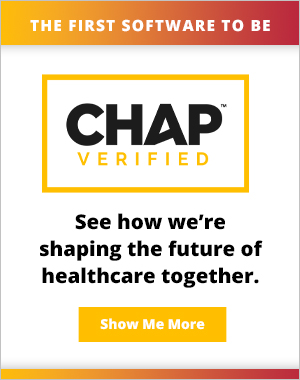
Despite being a long-standing federal incentive, the Work Opportunity Tax Credit (WOTC) remains significantly underutilized by many care at home providers. The savings that can be achieved can add up to an incredible benefit for every size organization. In 2023, more than 2 million credits were certified, resulting in an estimated $5 billion in tax savings. Yet according to the IRS, the annual issued surplus for WOTC exceeds $9 billion, with less than $1 billion reconciled against those credits; a stark indicator that awareness of the program is still in its infancy. For care at home providers who see reduced reimbursement and value-based care incentives dominate the conversation, integrating WOTC into hiring strategies can be an essential step in maximizing workforce ROI and staying competitive.
How the Work Opportunity Tax Credit Works
By hiring people from qualified demographic profiles, care at home providers can earn substantial federal tax credits that can range from $2,400 to $9,600 per eligible employee, depending on the group and hours worked.
“This isn’t just a tax credit; it’s an underutilized financial engine for providers,” said Michael Markowitz, CEO and Founder of WOTC.com, an Axxess channel partner. “The reality is that there’s a $9 billion surplus issued annually, and less than $1 billion is reconciled. That’s billions in potential tax savings left on the table every single year. For providers, strategically applying WOTC can free up substantial capital to reinvest in growth, workforce development, and patient care.”
To claim the credit, employers must complete IRS Form 8850 with the job candidate on or before the offer date and submit it to their state’s Workforce Agency within 28 days of the employee’s start date. Once certified, businesses can file for the credit using IRS Form 5884.
Eligible hires must belong to one of ten federally designated groups, including veterans, SNAP recipients and long-term unemployed individuals.
“When you position WOTC as part of your broader hiring strategy, it supports inclusive hiring, strengthens workforce diversity, and delivers measurable financial impact,” added Markowitz. “It’s a lever for competitive advantage and long-term sustainability in an evolving care landscape.”
Top Mistakes Companies Make When Claiming the Work Opportunity Tax Credit
Despite its benefits, many businesses fail to fully capitalize on the Work Opportunity Tax Credit due to avoidable errors. The consequences of these mistakes can be costly: improperly claimed credits may be disallowed by the IRS, resulting in added tax liability, penalties, and even audits.
“Filing mistakes can trigger IRS scrutiny that no business wants,” said Markowitz. “That’s where technology and expert support can make all the difference in turning a complex process into a strategic advantage.”
Among the most common errors are missing the 28-day deadline for submitting IRS Form 8850, failing to screen new hires for eligibility, and submitting incomplete or inaccurate documentation.
“The level of potential savings make WOTC credits an incredible way to offset hiring costs, provided that it’s done correctly and compliantly,” added Markowitz. “When applied strategically as well, it allows providers to reinvest those savings into growth initiatives, talent development or operational improvements.”
Why Automating WOTC Is the Key to Unlocking Tax Credit Savings
Automation tools such as those used by WOTC.com streamline the entire WOTC workflow, reducing the risks and inefficiencies that come with manual filing. From candidate screening to documentation and deadline tracking, intelligent software ensures that no eligible hire slips through the cracks.
“The goal is to make WOTC filing a seamless part of the hiring process,” said Markowitz. “Companies can focus on recruiting and onboarding while our system handles the compliance, documentation, and tracking.”
The WOTC.com platform automates key steps like pre-screening applicants, submitting IRS Form 8850 and ETA Form 9061 and monitoring hours worked. They’re able to do that while also ensuring compliance with federal guidelines.
“Our goal is to make the filing of WOTC credits a seamless part of the hiring process,” said Markowitz. “Companies can focus on recruiting and onboarding while our system handles the specific documentation and details.”
As hiring strategies evolve, so should the tools companies use to support them. By embracing automation and aligning workforce planning with WOTC eligibility, care at home providers can unlock meaningful savings.
Learn more about WOTC.com’s services here and use their calculator to discover potential savings.
Axxess partnerships are about more than technology. It starts with purposeful relationships between organizations sharing our vision to empower, inspire and innovate in the care at home industry.
